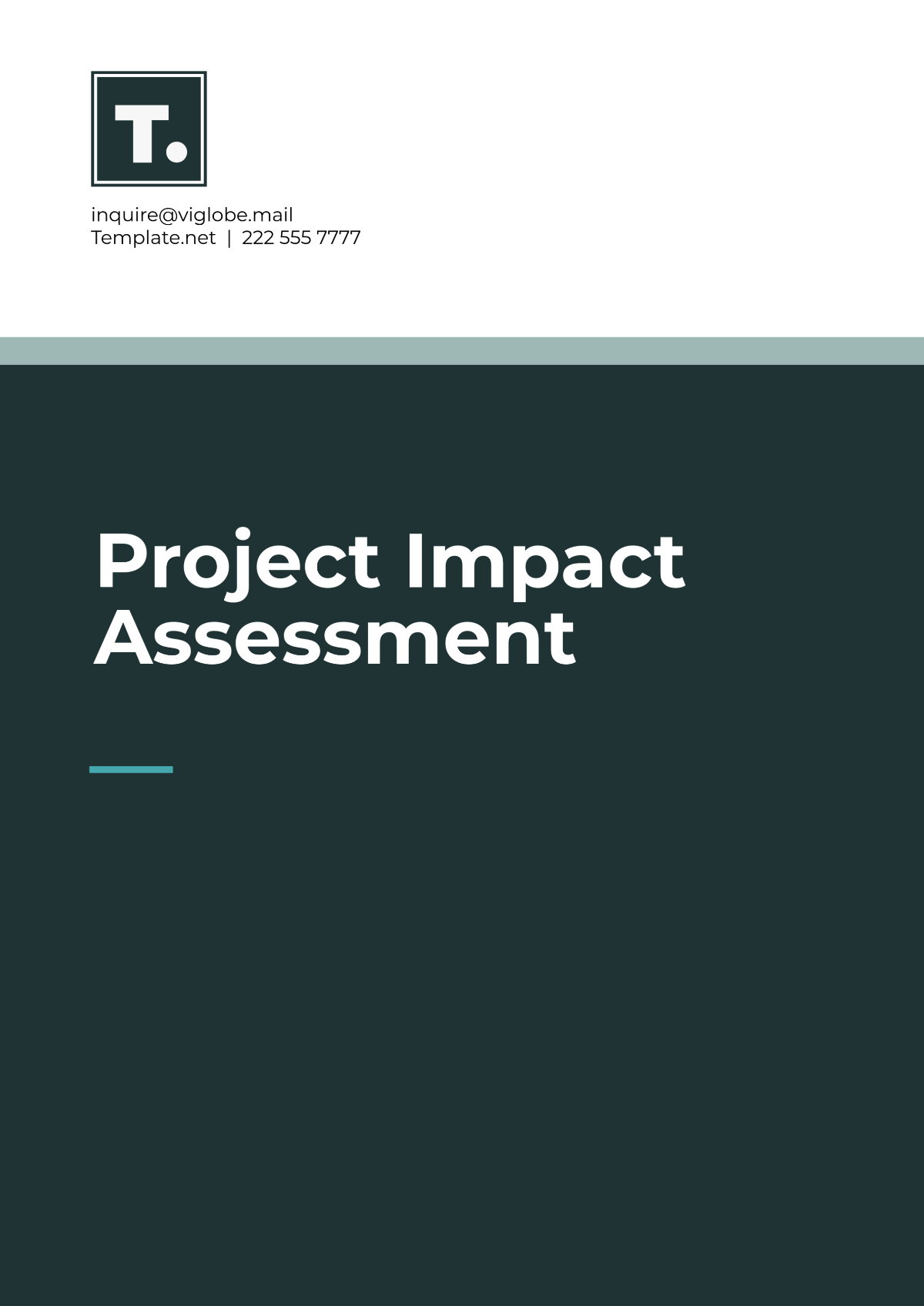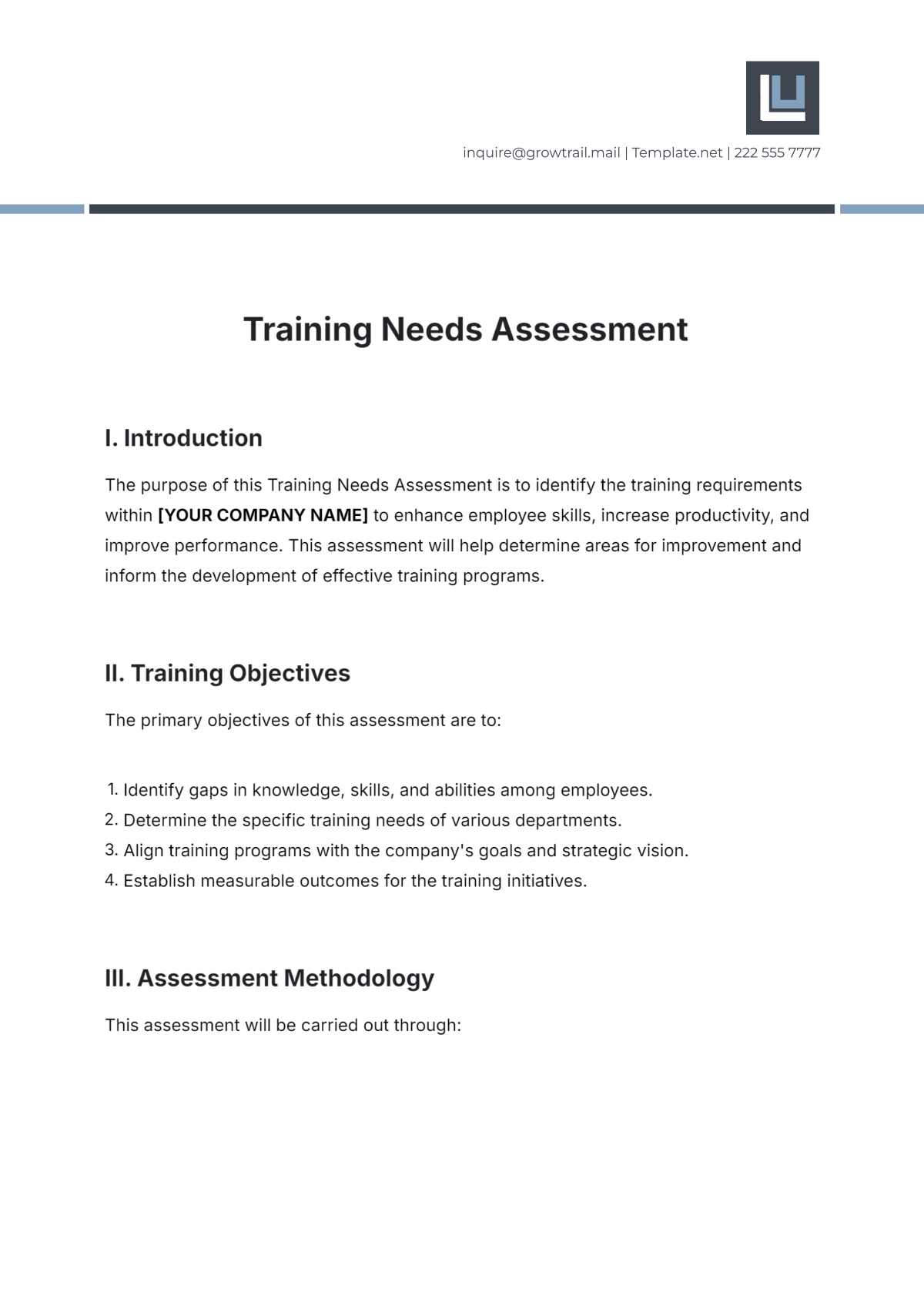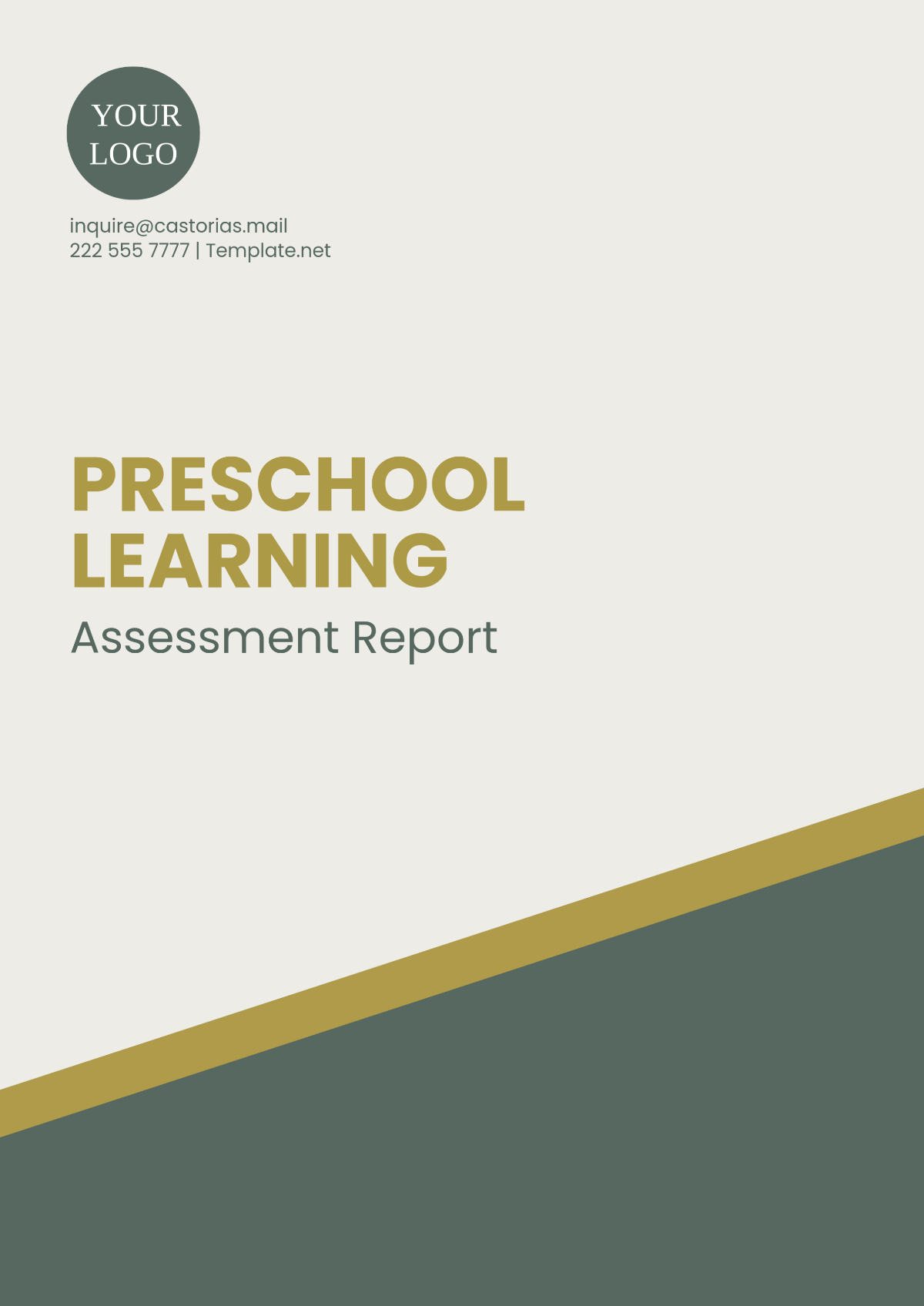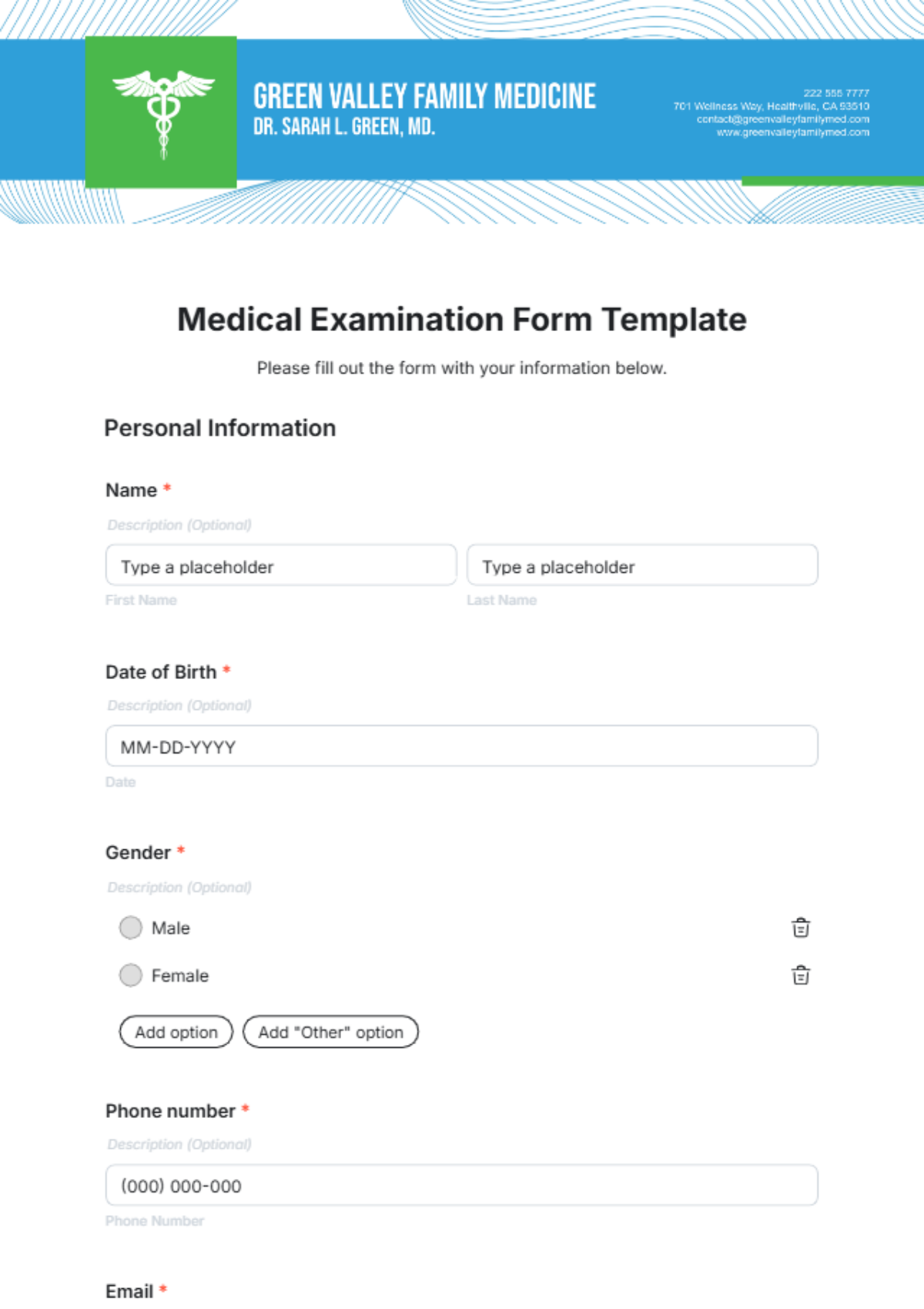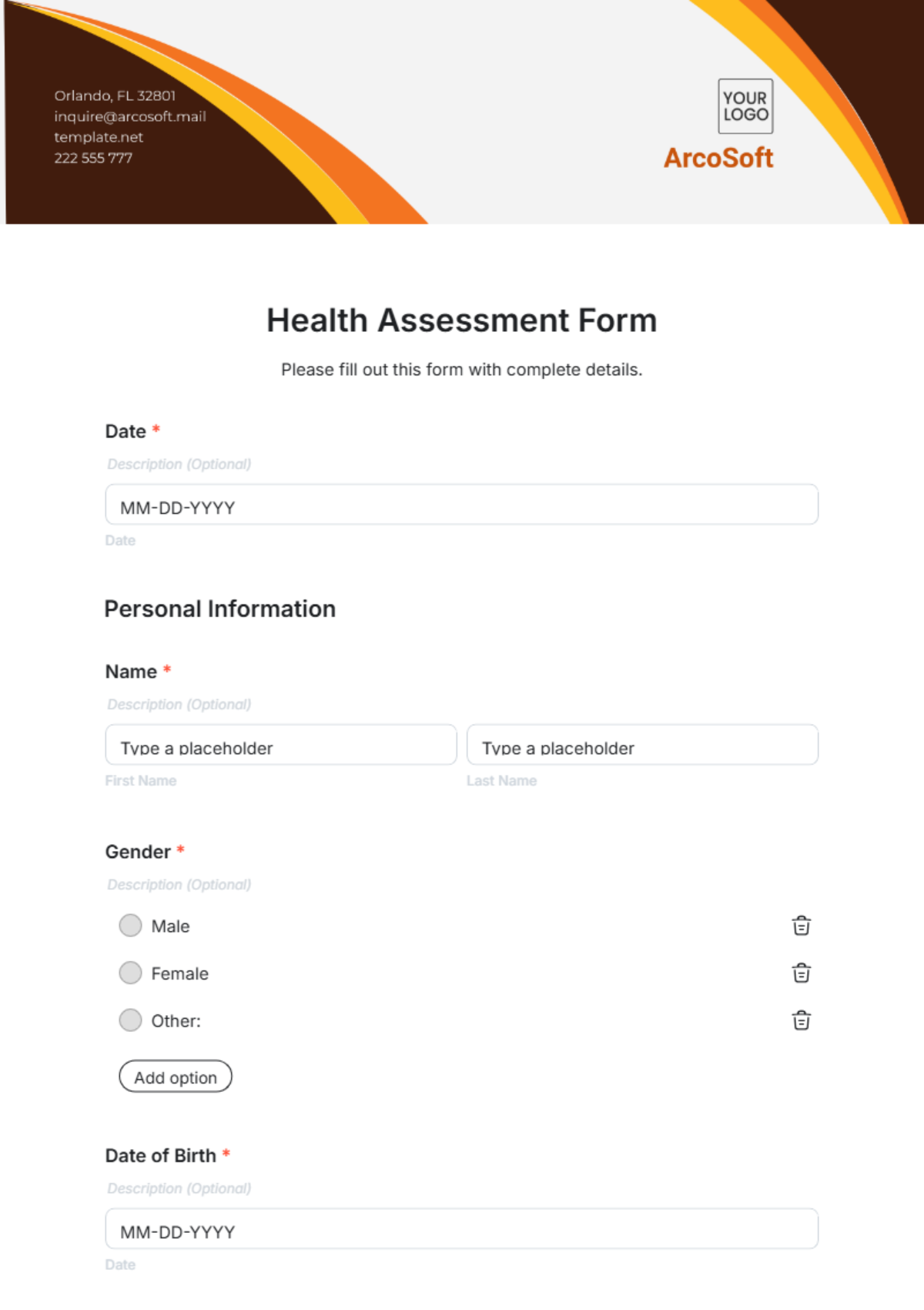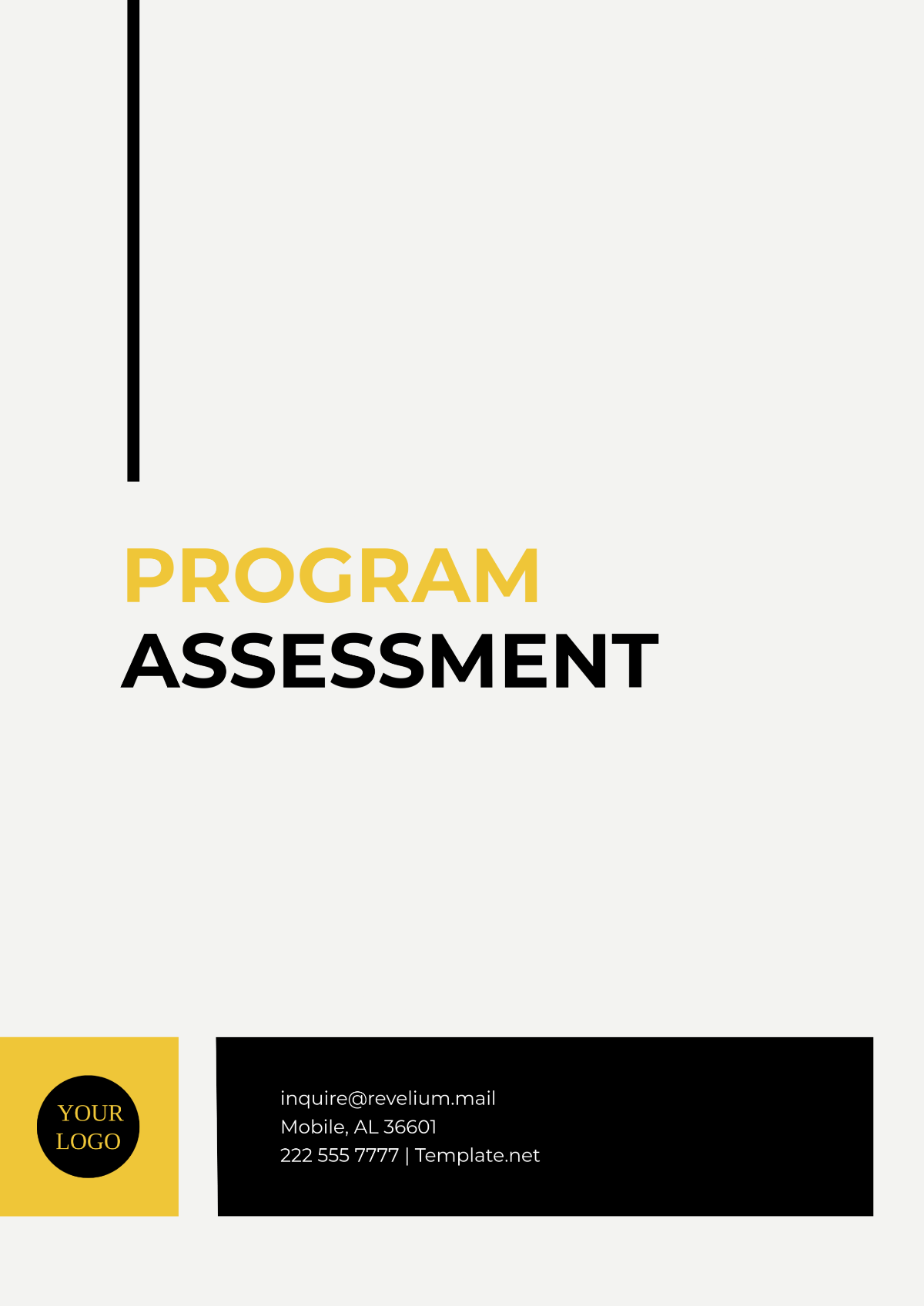Ethnographic Observational Study
Principal Investigator: [Your Name]
Affiliation: [Your Company Name]
Date: [Date]
1. Abstract
Ethnographic observational studies are a cornerstone of qualitative research, offering unique insights into the everyday lives, behaviors, and social interactions of individuals and communities. This study delves into the methods and findings of an ethnographic observational study focused on understanding how people interact within their natural environments. Through direct observation and participation, this research method seeks to uncover the deeper cultural norms, practices, and social structures that shape human experience.
2. Introduction
Ethnography, as a research method, immerses the researcher within the community or environment of interest. The goal is to observe real-world behaviors and interactions, offering a more nuanced understanding than structured surveys or laboratory experiments. By participating in and observing the day-to-day activities of individuals, researchers can gather insights into the cultural context and social dynamics that influence behavior.
This ethnographic observational study aims to explore social interactions and cultural practices in a small urban community. Through systematic observation and participation in daily activities, the study seeks to reveal the community’s social structure, norms, and informal interactions that shape daily life.
3. Research Setting
3.1 Location and Community Overview
The study was conducted in an urban neighborhood known for its diverse population and vibrant community activities. The area, a mix of residential and commercial spaces, includes community centers, cafes, parks, and local markets where social interactions are common.
Table 1: Key Characteristics of the Research Setting
Characteristic | Details |
|---|---|
Community Type | Urban residential and commercial mix |
Population | Approximately 15,000 residents |
Primary Gathering Spots | Local parks, cafes, markets |
Key Social Groups | Families, young professionals, seniors |
3.2 Participant Demographics
The study observed a diverse group of individuals, including residents, shop owners, and visitors. Participants varied in age, occupation, and socio-economic background, offering a rich spectrum of social behaviors to observe.
List: Key Participant Demographics
Age range: 18-65 years
Occupations: Small business owners, teachers, office workers
Cultural Background: Multi-ethnic community
Family Structures: Predominantly nuclear families, but includes extended family systems
4. Methodology
4.1 Data Collection Methods
This ethnographic study employed direct observation and participant observation as its primary data collection methods. The researcher spent four weeks living within the community, engaging in daily activities, and interacting with residents to build rapport and gain deeper access to the social dynamics at play.
Direct Observation: This involved observing public interactions in places such as the community park, cafes, and local markets.
Participant Observation: The researcher actively engaged in community events, attended social gatherings, and participated in daily activities such as shopping at local markets or attending cultural events.
4.2 Research Tools
Field Notes: Comprehensive notes were taken during observations to record behaviors, conversations, and interactions.
Informal Interviews: Short, conversational interviews were conducted to gather participants' perspectives on community life and social relationships.
Audio Recordings: Conversations and events were audio-recorded with participants' consent to capture nuances in speech and communication.
5. Analysis and Findings
5.1 Social Interactions in Public Spaces
Public spaces such as parks and cafes served as primary locations for social interaction. These areas were used by different demographic groups throughout the day, facilitating a range of social activities, from casual conversations to more structured events.
Table 2: Observed Social Interactions in Public Spaces
Location | Type of Interaction | Frequency | Participants |
|---|---|---|---|
Park | Casual conversations | Daily | Seniors, families, teenagers |
Local Cafe | Business meetings, socializing | Frequent (4–5 times/week) | Young professionals, freelancers |
Community Center | Structured events (workshops, meetings) | Weekly | Families, local organizations |
In the park, seniors often gathered in the mornings to engage in leisurely activities such as walking or playing chess, while younger families used the space in the afternoons and evenings for recreational purposes.
5.2 Cultural Practices and Norms
Ethnographic observation revealed that certain cultural practices were prominent within this urban community. For example, informal markets were held every Saturday, bringing together residents and vendors for social and economic exchange. These markets were not only a space for commerce but also an opportunity for community bonding.
Key Cultural Practices
Saturday Markets: Informal local markets acted as social hubs where residents from diverse backgrounds gathered to buy goods, socialize, and reinforce community ties.
Shared Meals: Many families observed shared meals in public spaces such as parks or community centers, reflecting a cultural emphasis on communal eating and collective participation.
List: Cultural Norms Observed
Strong sense of community among small business owners.
Informal exchange of goods and services (e.g., bartering at markets).
Community meals on weekends reinforce social bonds.
High participation in local festivals and cultural events.
6. Challenges Encountered
During the study, several challenges were encountered, particularly around gaining trust from certain community members who were initially hesitant to engage with the researcher. Additionally, the ethnographic study had to navigate logistical issues such as gaining access to private family gatherings and dealing with cultural sensitivities related to recording conversations.
List: Challenges Encountered
Building trust with key community figures.
Navigating cultural boundaries regarding privacy.
Managing time between structured and spontaneous community events.
7. Discussion
The findings of this ethnographic observational study highlight the importance of public spaces in facilitating social interaction and the role of informal cultural practices in building community cohesion. The study also underscores the significance of active participation in community events for researchers to gain a deeper understanding of the underlying social fabric.
One key insight from the study was the role of small businesses as not only economic drivers but also social spaces where community relationships were cultivated. For instance, local cafes served as informal meeting places for freelancers and small business owners, contributing to a strong sense of local identity and belonging.
8. Conclusion
This ethnographic observational study provided valuable insights into the social interactions, behaviors, and cultural practices within an urban community. Through direct and participant observation, the researcher was able to uncover the informal networks, shared cultural practices, and communal activities that shape daily life in this setting.
Understanding such dynamics is crucial for researchers, policymakers, and community leaders looking to enhance social cohesion and cultural integration in urban environments. The methods employed in this study, including immersion in daily activities and the use of observational tools such as field notes and informal interviews, proved effective in capturing the complexities of human interaction within a natural environment.
8.1 Future Research Directions
This study offers a foundation for future ethnographic research in similar urban settings. Future studies could focus on how technological changes, such as the increasing use of smartphones and social media, are altering social interactions in public spaces. Additionally, comparative studies between urban and rural settings could provide further insights into how cultural practices vary across different community structures.


